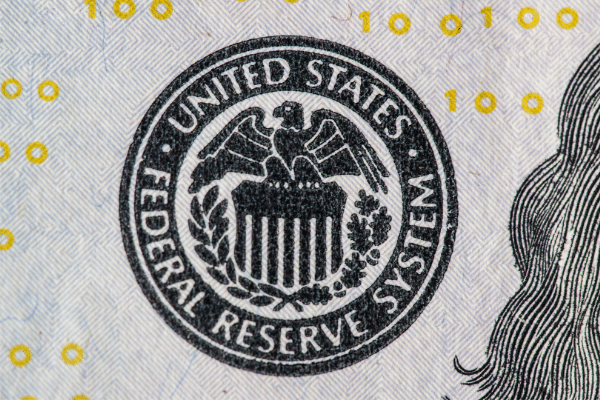A discussion paper dated in June by the US Federal Reserve Board that was released on August 30 claimed that there are currently over 1,400 decentralised apps (DApps) in use. That number is expected to increase very quickly.
Ethereum reportedly hosts 31%, or 470, of them — making it their largest host.
Although decentralized finance (DeFi) products make up a very small portion of the global financial system, the authors warned that they could nonetheless bring instability to the financial system.
According to the paper, depending on how DeFi was defined, the cumulative gross value of DeFi products at the start of the second quarter of 2022 ranged from $78 billion to $224 billion. However, those figures have since decreased sharply as the crypto winter sets in.
Meanwhile, technical advancements have raised DeFi’s processing power. It has been theorised that the biggest DeFi users are the wholesale investors.
The majority of the paper was devoted to the advantages and risks of DeFi in the authors’ perspective. According to the authors, DeFi’s growth is hampered by the volatility of the cryptocurrency, and there are few hazards to the wider financial system. Many similar skepticism can be seen throughout the paper.
The author said that DeFi’s resistance to censorship is exaggerated and that transparency may put institutional investors at a competitive disadvantage and open a door to misconduct.
Retail investors are always at risk because, as the authors wrote:
“If crypto is to become a mainstream product, then it is going to be widely used by people who lack the ability to adequately assess the programming and economic risks associated with their crypto transactions.”
Last but not least, the paper wrote that the user could face some challenges in determining who to sue on the DeFi side if they experience losses when making a transaction through a DApp. They added that this is not the case for traditional intermediaries as they might bear some legal liability.



